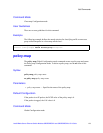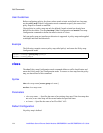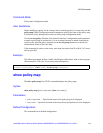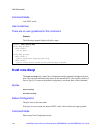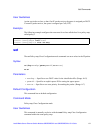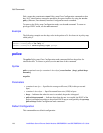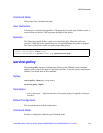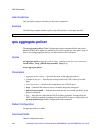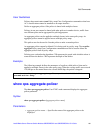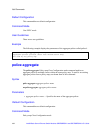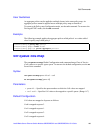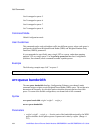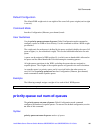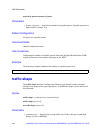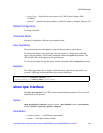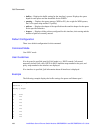
QoS Commands
Intel® Blade Server Ethernet Switch Modules SBCEGBESW1 and SBCEGBESW10 CLI Guide 181
User Guidelines
Policers that contain set or trust Policy-map Class Configuration commands or that have
ACL classifications cannot be attached to an output interface.
Define an aggregate policer if the policer is shared with multiple classes.
Policers in one port cannot be shared with other policers in another device; traffic from
two different ports can be aggregated for policing purposes.
An aggregate policer can be applied to multiple classes in the same policy map; An
aggregate policer cannot be applied across multiple policy maps.
This policer can also be used in Cascade police to make a cascade policer.
An aggregate policer cannot be deleted if it is being used in a policy map. The
no police
aggregate
Policy-map Class Configuration command must first be used to delete the
aggregate policer from all policy maps.
Policing uses a token bucket algorithm. CIR represents the speed with which the token is
removed from the bucket. CBS represents the depth of the bucket.
Example
The following example defines the parameters of a policer called policer1 that can be
applied to multiple classes in the same policy map. When the average traffic rate exceeds
124,000 bps or the normal burst size exceeds 96000 bps, the packet is dropped..
show qos aggregate-policer
The show qos aggregate-policer User EXEC mode command displays the aggregate
policer parameter.
Syntax
show qos aggregate-policer [aggregate-policer-name]
Parameters
• aggregate-policer-name — Specifies the name of the aggregate policer to be
displayed.
Console (config)# qos aggregate-policer policer1 124000 96000
exceed-action drop



